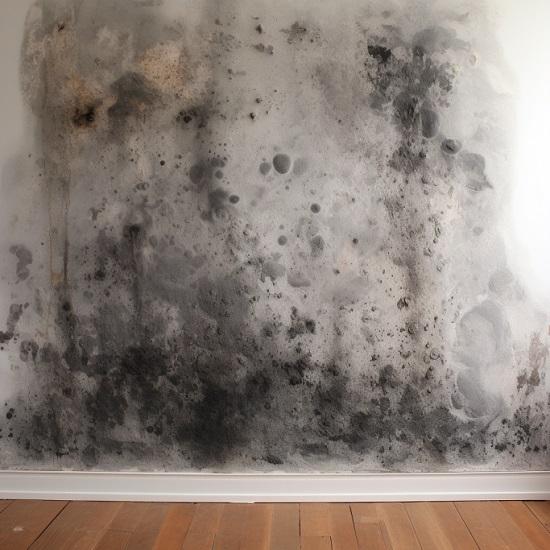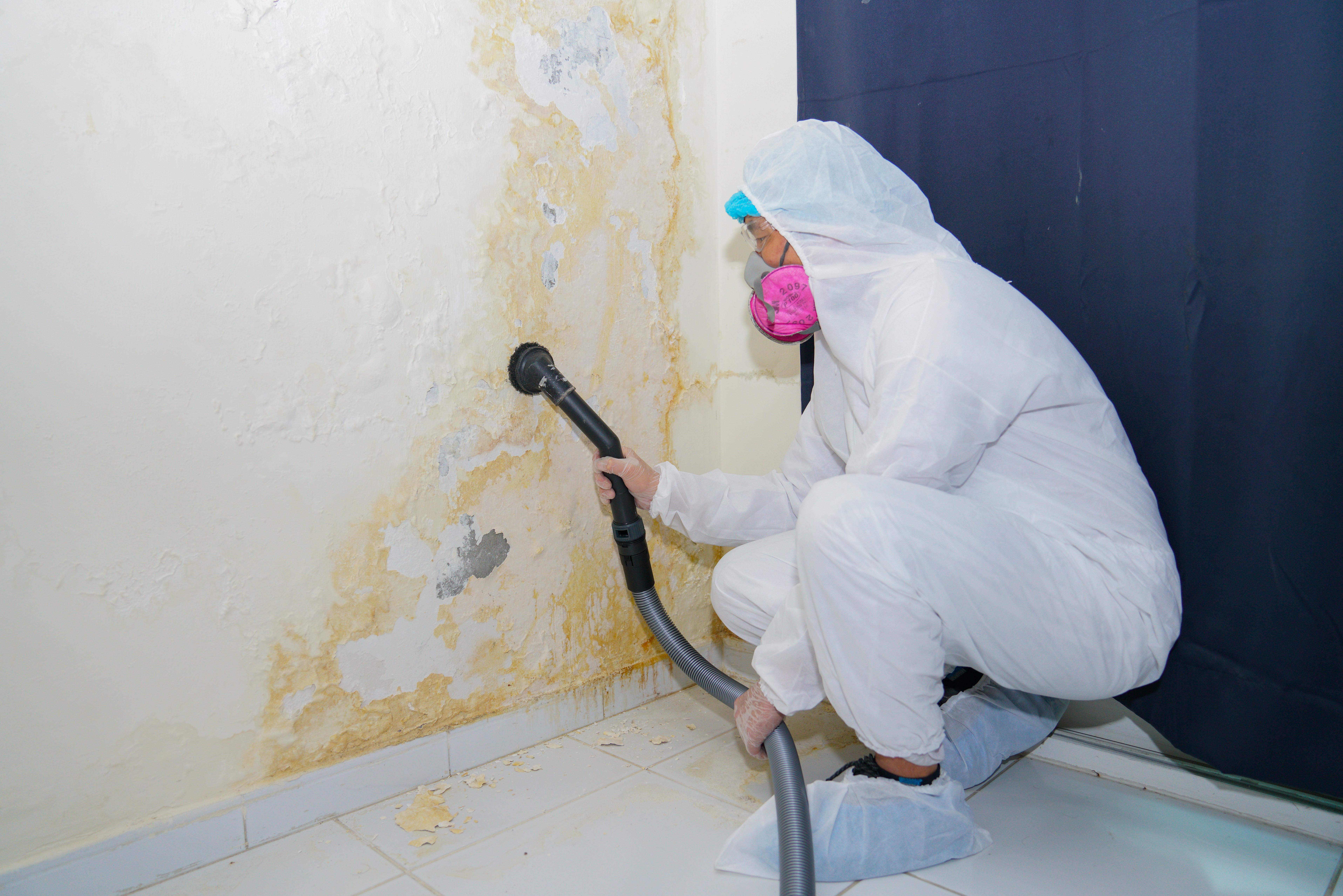Comprehensive Post Mold Remediation Procedures
Comprehensive Post Mold Remediation Procedures
Blog Article
Secret Tips for Effective Message Mold Remediation
Resolving mold problems in a efficient and timely fashion is vital for preserving a healthy indoor environment. Effectively finishing mold remediation is a multifaceted process that calls for focus to information and adherence to certain procedures. From checking treated locations to implementing moisture control steps, each step plays a critical duty in ensuring the efficacy of the remediation procedure. There are vital post-remediation actions that are equally essential yet typically ignored. These actions not only confirm the success of the removal initiatives but likewise add to preventing future mold and mildew development.
Evaluation of Treated Locations
Upon completion of the mold and mildew removal procedure, a thorough assessment of the dealt with locations is important to ensure the effectiveness of the removal initiatives. This examination works as an essential action in the post-remediation stage to validate that the mold and mildew removal and cleanup procedures were effective in removing the mold and mildew invasion and restoring a risk-free interior environment. The examination should be conducted by certified professionals who have the expertise to assess the remediated locations thoroughly.
During the assessment, numerous variables are evaluated to establish the success of the remediation procedure. These include visual analyses to look for any type of signs of mold and mildew development or water damage, wetness degrees to verify that the area is complimentary and completely dry of excess humidity that can advertise mold re-growth, and air quality screening to guarantee that the interior air is safe to breathe. Furthermore, the assessment may entail utilizing specialized devices such as dampness meters and thermal imaging cams to spot concealed mold and mildew or dampness pockets that can cause future mold issues if left untreated. In general, a thorough assessment of the dealt with locations is critical to confirm the efficiency of the mold removal initiatives and give assurance to the passengers of the home.

Wetness Control Actions
Effective moisture control actions are crucial for avoiding mold and mildew growth and preserving a healthy and balanced indoor setting. Furthermore, utilizing dehumidifiers in wet areas can help reduce humidity levels, making it harder for mold and mildew to prosper.
Regularly inspecting and keeping the building's exterior can also prevent wetness invasion. what to do after mold remediation. Guaranteeing that gutters are clear, downspouts direct water far from the structure, and the roofing system remains in good condition can aid stop water from leaking right into the structure. Appropriately securing doors and home windows can also assist keep wetness out
Any kind of leakages or spills should be cleaned and dried within 24-48 hours to avoid mold and mildew development. By carrying out these dampness control procedures, the danger of mold persisting can be dramatically decreased, producing a much healthier indoor atmosphere.
Correct Ventilation Analysis
An essential facet of ensuring a healthy and balanced indoor setting post mold and mildew remediation is conducting a comprehensive assessment of the air flow system. Post Remediation verification. Proper ventilation evaluation plays a crucial role in stopping future mold and mildew growth and keeping air high quality within the affected space. Throughout the analysis, experts examine the efficiency of the ventilation system, looking for any kind of blockages, leaks, or malfunctions that might impede appropriate air movement. It is vital to make sure that the ventilation system is sufficiently sized for the area it serves and that it fulfills sector requirements for air exchange prices.
Additionally, examining the air flow system includes examining the circulation of air throughout the location to identify any locations of poor blood circulation where dampness and contaminants might gather. Proper air flow not just aids in managing moisture levels yet also aids in eliminating air-borne mold spores and other contaminants, thereby enhancing overall indoor air quality. By dealing with any ventilation issues post mold and mildew removal, property owners can develop a much healthier and extra comfy setting for residents while minimizing the danger of mold and mildew re-infestation.
Cleansing and Disinfection Protocols
To guarantee comprehensive mold removal, thorough adherence to details cleaning and disinfection methods is imperative. Cleaning and disinfection protocols play an important role in the post-mold remediation phase to stop the recurrence of mold development and make sure a healthy and balanced and safe environment. The initial step in this process is the elimination of any type of visible mold and mildew growth making use of proper cleaner and strategies. It is important to use EPA-approved fungicides and disinfectants to effectively remove mold spores and prevent their regrowth.
Furthermore, carrying out preventative actions such as applying mold and mildew preventions and keeping proper ventilation can assist decrease the risk of future mold infestations. By following rigorous cleansing and disinfection procedures, home proprietors can guarantee the effective elimination of mold and mildew and produce a healthy and balanced interior setting for occupants.
Tracking and Upkeep Strategy
Implementing a normal monitoring and upkeep plan After mold remediation is necessary for ensuring the lasting performance of mold and mildew removal efforts. When mold remediation is completed, it is essential to establish a surveillance routine to assess the success of the remediation procedure.
In addition, creating an upkeep strategy is crucial to avoid future mold and mildew concerns. This plan may consist of actions such as fixing pipes leakages, improving air flow, and regulating indoor moisture levels. Normal maintenance not only aids in protecting against mold yet likewise adds to maintaining a healthy and balanced interior environment. It is recommended to record all surveillance and upkeep activities to track development and ensure consistency in the maintenance of the remediated locations. By implementing an extensive tracking and upkeep strategy, the threat of mold re-emergence can be dramatically lowered, advertising a risk-free and clean living or working setting.
Conclusion
Finally, successful message mold removal entails detailed inspection of treated areas, implementation of moisture control steps, evaluation of appropriate air flow, adherence to cleansing and disinfection protocols, and establishment of a tracking and upkeep strategy. These vital actions are important to make sure that mold and mildew growth is successfully gotten rid of and avoided from recurring in the future. By complying with these guidelines, homeowner can maintain a healthy and risk-free setting for owners.
Upon conclusion of the mold remediation procedure, a complete assessment of the dealt with areas is essential to ensure the effectiveness of the removal initiatives. These include aesthetic analyses to inspect for any type of signs of mold and mildew growth or water damage, dampness degrees to verify that the area is completely dry and cost-free of excess humidity that can advertise mold re-growth, and air high quality testing to make sure that the interior air is risk-free to breathe. Furthermore, the assessment may involve using specialized tools such as moisture meters and thermal imaging cameras to spot concealed mold and mildew or moisture pockets that might lead to future mold and mildew troubles if left unattended. By addressing any type of air flow concerns post mold and mildew removal, residential property proprietors can create a healthier and a lot more comfy atmosphere for residents while minimizing the threat of mold re-infestation.

Report this page